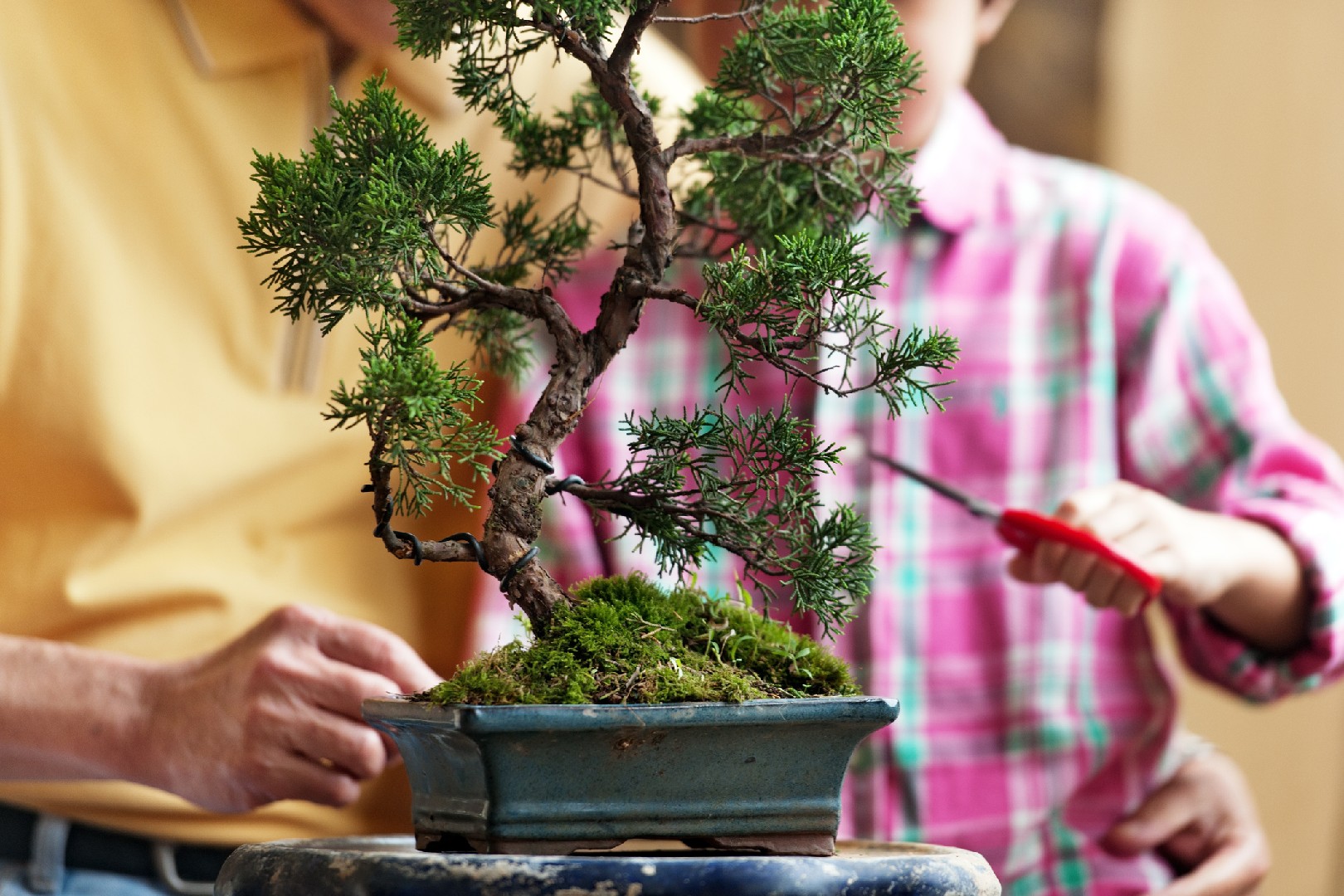![Rectangle]()
Starting Your Bonsai Journey – Choosing and Planting
Embarking on a bonsai journey is an exciting and rewarding experience. The art of bonsai allows us to connect with nature on a miniature scale and create living works of art. In this section, we will explore the important factors to consider when selecting appropriate bonsai trees, the process of planting, and the initial training involved in nurturing these miniature wonders.
Selecting the right bonsai tree is crucial for the success of your journey. Age, type, and size are important factors to consider. Younger trees are ideal for beginners as they are more forgiving and easier to shape. However, older trees have a certain charm and character that can only be achieved through years of growth. Consider whether you prefer a deciduous or an evergreen tree, as each has its unique beauty and characteristics. Additionally, be mindful of the size of your bonsai tree, as it should be proportionate to the space you have available for its growth.
Once you have chosen your bonsai tree, the next step is planting it. Selecting the right soil, pot, and location are crucial for the healthy development of your tree. Bonsai trees require well-draining soil that allows for proper root development. A mix of Akadama, pumice, and lava rock is commonly used in bonsai soil. It is important to find the right balance of moisture retention and drainage to ensure the health of your tree. Remember to regularly check the moisture level of the soil and adjust your watering frequency accordingly.
Choosing the right pot is not just about aesthetics; it also plays a role in the development of your bonsai tree. The pot should be proportionate to the size of your tree and have drainage holes to prevent waterlogged roots. Moreover, the pot you choose should complement the style and character of your bonsai tree.
Location is another important consideration when planting your bonsai tree. Most bonsai trees thrive in a well-lit area with ample sunlight. However, it is important to protect your tree from extreme weather conditions. Consider placing it in a location with partial shade during the hottest hours of the day to prevent leaf burn.
As you plant your bonsai tree, you can begin implementing initial training techniques. Root pruning is a crucial step that promotes healthy root growth and opens up space for future development. Carefully trim and prune the roots to remove any circling or tangled roots. This will encourage a more balanced root system and overall tree growth.
Basic shaping is another aspect of initial training. By gently shaping the branches, you can create the desired form and structure for your bonsai tree. Use wire or bonsai clippers to carefully shape the branches and achieve the desired aesthetic. Remember to be patient, as it takes time for the tree to develop and display the desired shape.
In conclusion, starting your bonsai journey requires careful consideration of the appropriate bonsai tree, the planting process, and the initial training techniques involved. By understanding the factors that contribute to the success of your bonsai tree, you can create a magnificent miniature masterpiece that brings you joy and tranquility. Remember to be patient and enjoy the process, as bonsai is a journey that unfolds over many years. Happy gardening!





